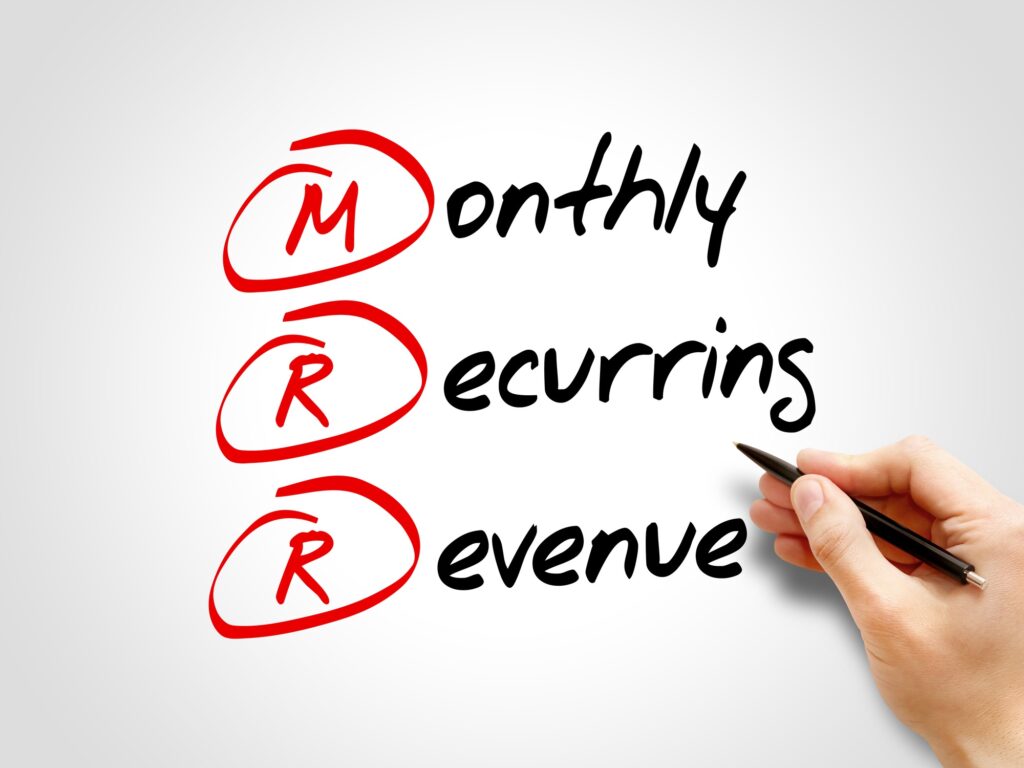
Keep Your Revenue Flowing Smoothly
Posted on January 16, 2020 by Mark Nuelle
 Challenges & Solutions for Recurring Revenue Business Models
Challenges & Solutions for Recurring Revenue Business Models
It’s the start of the new year—a time for implementing the strategies and action plans that will make 2020 your best year. But unfortunately, many business owners get into the illusion that more sales means more cash, or cash might be flowing, but not in the right direction.
Then, the business owner is back in the same struggles as the last few years. The rent is due. He or she signs the check for the monthly rent payment and sends it off knowing it may be late, again. A temporary feeling of relief comes that there’s just enough cash flow to make payroll and the rent. Next month may be different if past due invoices are not reconciled and new sales do not come in— fast. This complicated world of cash flow and finances can cripple a business.
Imagine the blissful upgrade to this scenario; the owner doesn’t have to worry about one-off sales, he can rely on recurring revenue—a portion of the company’s revenue that is expected to continue each month. The revenue is predictable, stable and can be counted on to occur at regular intervals going forward with a relatively automated invoicing system.
Recurring Revenue Models:
For most businesses, establishing recurring revenue isn’t only good for business, it can play a key role to ensure you receive top value when it comes time to sell. Recurring revenue streams come in all sorts such as:
- Creating services or retainer plans
- Offering physical product subscriptions
- Building a membership for coaching or consulting services
- Selling subscription-based software as services products
- Renting or leasing
- Licensing content to third parties
Chances are you may be already offering one or more of these recurring revenue-based services. But the key: How to overcome the challenges facing recurring revenue business models.
Challenge: Avoiding churn. One big challenge businesses face is maintaining customer engagement throughout the life cycle. Revenue churn can hurt your company. To calculate potential loss, calculate your monthly recurring revenue, and divide that figure by the amount you lost over the course of that month. Your customer retention rate can tell you a lot about the current health of your business. Namely, you can get a solid snapshot of how many customers are jumping ship.
Solution: Talk to your quitters. Find out why your customers are leaving, if it’s voluntary or by force? Were they unhappy with the service, quality or price? Measure customer engagement through surveys and test out long-term contracts. There is always a group of customers that is more likely to leave than others – so it’s in your best interest to know who is balancing on that dangerous edge. This way you can reach out to them in time to make them stay.
Challenge: Integrating automatic invoicing. With numerous customers signed up for services of a subscription/ membership-based business, the owner and/or accounting teams struggle with a solution to manage, communicate and accept payments from recurring clients. It can become an operational headache. How do you effectively keep records of new customer sign-ups, different payment options, subscription levels, trials, upgrades, downgrades and automated invoices?
Solution: Automated invoicing. One of the best ways to solve the challenges with receivables is to use an automated invoicing system that can use your customer database to automatically generate and distribute your invoices. This can also be implemented when customers purchase a subscription for the first time and for when customers cancel their service. Choose wisely. An interim CFO can provide guidance on evaluating subscription/membership billing software vendors or implement an in-house program for you. A strategic financial advisor for your business can help you create internal systems and processes to ensure the proper invoice with accurate information and billing terms is sent to the customer on time. You should not be held hosted to uncollected receivables. Automating and using key data points can be your best ally.
Challenge: Creating a pragmatic pricing strategy. Many business owners are unsure which pricing tactic works best with their business model? Calculating and managing pricing can become much more complex, because prices can vary according to service levels, term lengths, and product or service bundling. Process-driven delays for a recurring revenue customer can limit opportunities for renewals.
Solution: Price based on key business metrics. It’s important to understand the advantages and disadvantages of the different pricing tactics before choosing one for your product or service. Your pricing methodology should include your business model, all your business’s operating costs and overhead and the perceived value your customers have over your products/services. Dig in and research pricing methodologies for similar industries and find out what your competitors are charging.
By creating a recurring revenue business model, you can build your processes and become more efficient. This leads to more clients, more projects, and more revenue. Think long-term, stay ahead of the curve, and build deep customer relationships so your clientele keeps paying you monthly or annually.
What’s the best strategy for you? Are your recurring revenue streams flourishing or in pre-drought mode? Each B2B CFO ® Partner is a trusted business advisor who creates financial and goal clarity in order to increase cash, profitability, sales and company value for our clients. Learn more, www.b2bcfo.com


